Nature doesn’t always wait for a seismograph to sound the alarm.
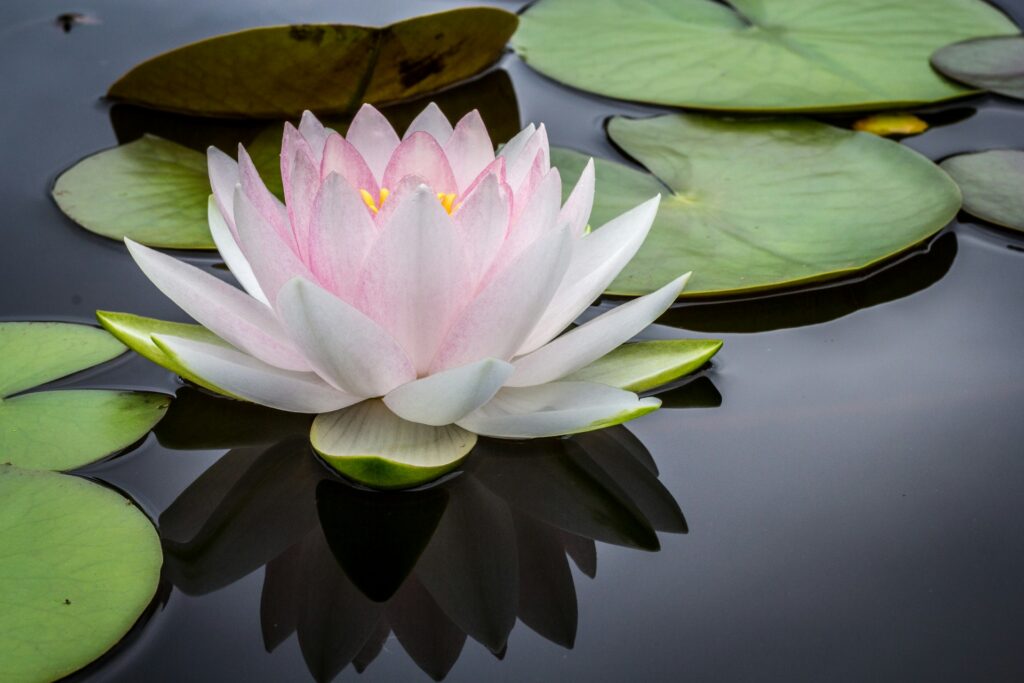
Some plants seem to react to environmental changes long before scientific equipment does—offering subtle, fascinating signs that something big might be about to happen. Here are some of the most environmentally intelligent plants on the planet, and where their powers lie.
1. Sensitive Plant (Mimosa pudica)
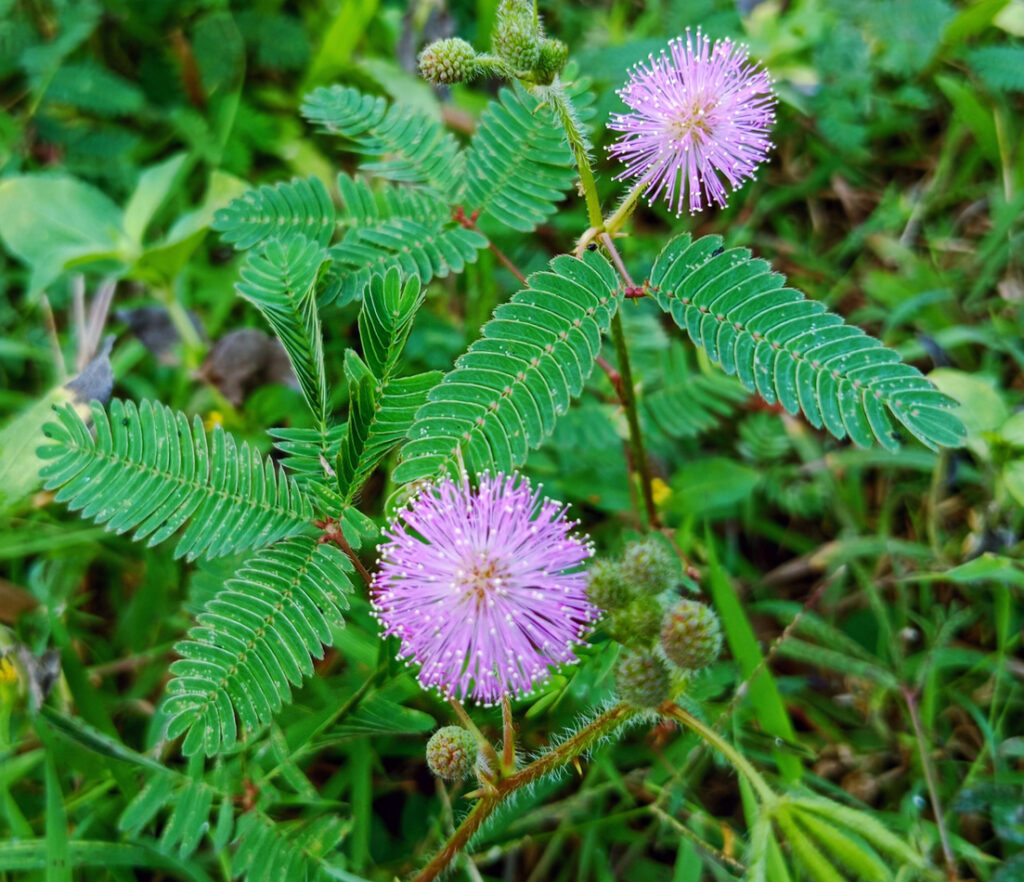
Known for its dramatic leaf-folding response to touch, Mimosa pudica also reacts to changes in air pressure and vibrations. In areas prone to earthquakes, people have noticed the plant folding its leaves tightly even without physical contact. That hypersensitivity has made it a plant of interest in seismically active regions. Its rapid movements might be a survival instinct, but it also might be responding to frequencies we still don’t fully understand.
2. Sea Mango Tree
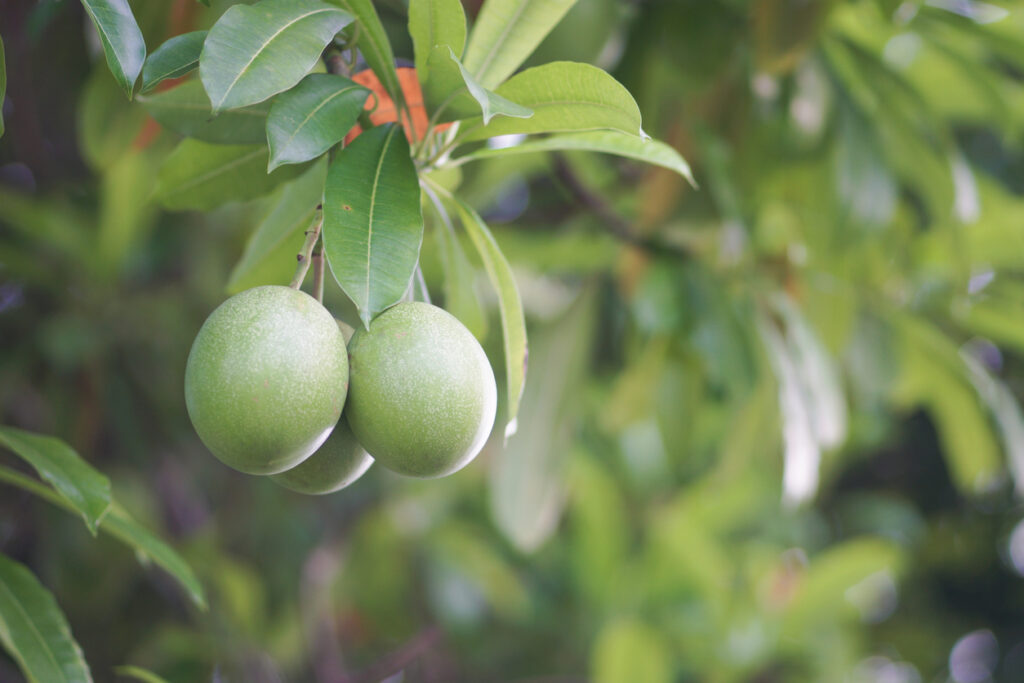
In coastal areas of Southeast Asia, locals have noticed that the sea mango tree begins dropping fruit and leaves hours or even days before a tsunami hits. It’s thought to be reacting to changes in salinity or air pressure. This early drop is subtle, but consistent enough that some communities keep an eye on it alongside tidal patterns. Its quiet warning has earned it an unofficial role as a natural disaster ‘messenger.’
3. Bamboo

Bamboo has been observed flowering en masse just before environmental upheavals, including volcanic eruptions and earthquakes. These synchronized flowerings are rare and usually occur at intervals of decades—so when it happens suddenly, people pay attention. While not fully understood, the phenomenon is thought to be linked to changes in underground vibrations or chemical signals. In some cultures, mass bamboo flowering is seen as an omen of big shifts ahead.
4. Wild Banana Plants
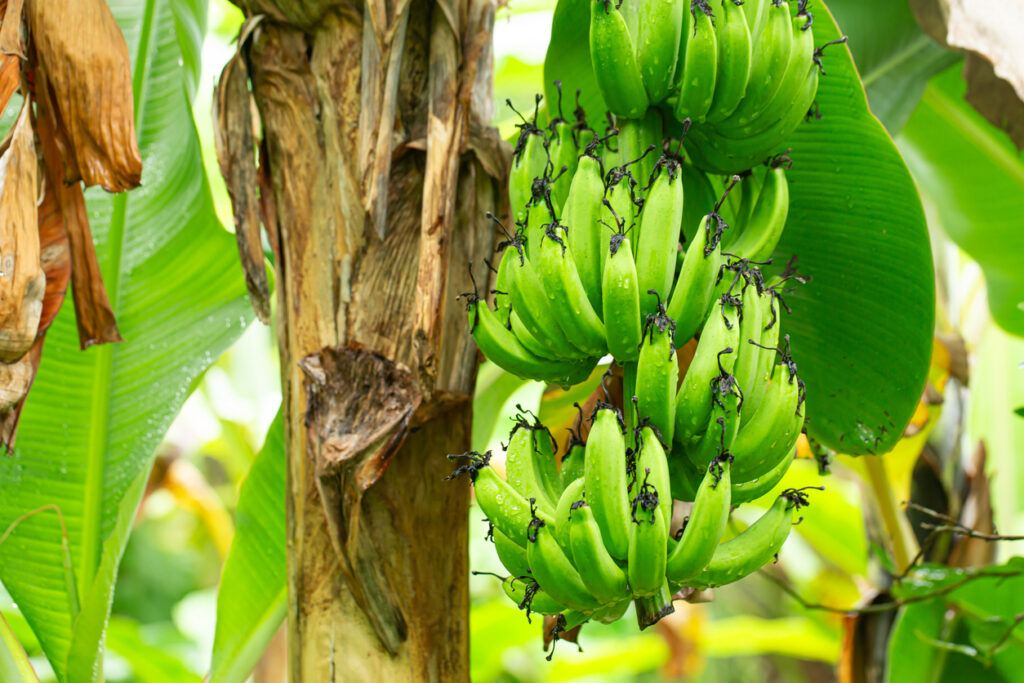
Before earthquakes, wild banana plants have been known to show signs of extreme leaf curling or moisture loss, even when nearby plants stay healthy. These changes often occur before any human feels tremors. The theory is that banana plants respond to subtle underground shifts or changes in groundwater pressure. It’s a reminder that plant roots may be picking up messages long before they reach the surface.
5. Coconut Trees

On some tsunami-prone islands, coconut trees have been observed shifting leaf direction and leaning abnormally hours before the waves hit. The phenomenon isn’t widespread, but locals in certain areas swear by the pattern. Whether it’s wind anomalies, air pressure changes, or slight ground vibrations, the tree’s response appears to be a protective one—adjusting position or reducing surface area just before high-impact natural events.
6. Water Hyacinth
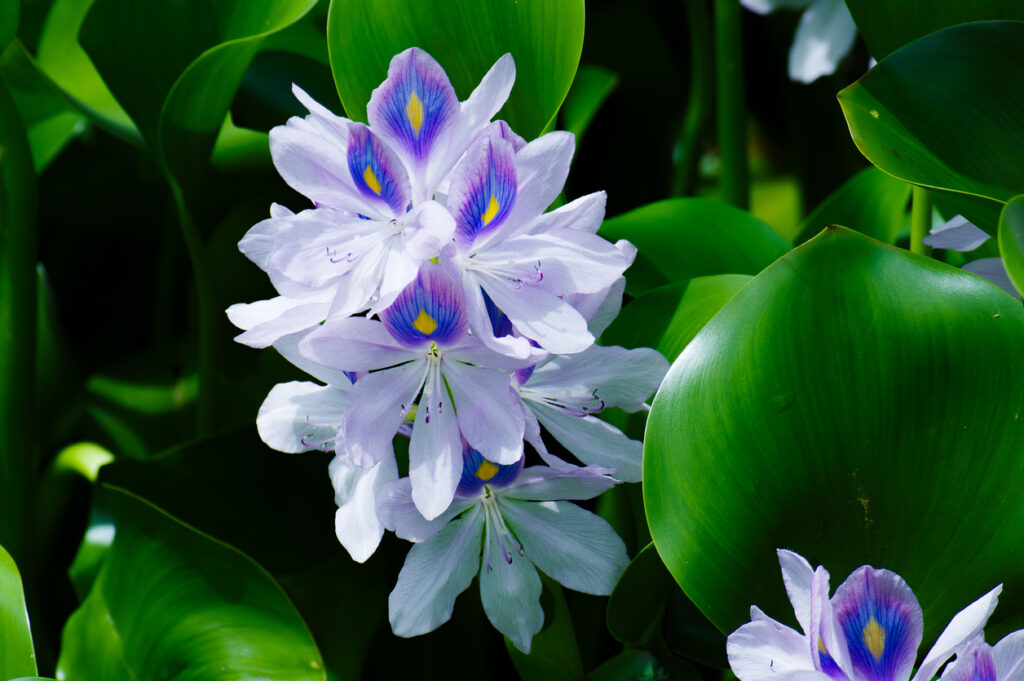
This aquatic plant has shown strange behaviour before major floods and hurricanes—gathering densely in odd locations, or suddenly turning leaves in unison. It’s thought to be reacting to changes in water pressure and chemical composition. Because it floats freely, any disruption in equilibrium affects it immediately. That means even subtle shifts in oxygen levels, salinity, or currents might trigger a response far faster than weather data can catch up.
7. Night-Blooming Jasmine

Some growers in quake-prone areas have noticed these plants changing blooming patterns or refusing to open before a seismic event. While anecdotal, the pattern has been repeated enough to spark scientific curiosity. Because scent release and bloom timing are sensitive to pressure and humidity shifts, it’s possible the plant is reacting to changes deep in the atmosphere that precede a quake or storm.
8. Alpine Edelweiss

High-altitude edelweiss has reportedly shifted its growth angle or curled its petals more tightly before avalanches or sudden rockslides. These changes are subtle and often noticed only by those who study the plants up close. The most likely explanation is micro-vibrations or changes in snow weight that signal unstable terrain. Edelweiss may not ‘know’ what’s coming—but it seems to prepare for it all the same.
9. Lotus Flowers

Lotus plants, especially in flood-prone wetlands, have been documented closing earlier than usual before heavy rainfall or flooding events. Their water-sensitive petals respond quickly to changes in humidity and air pressure. When multiple flowers in a patch close early in unison, locals often take it as a sign to prepare. It’s not a dramatic warning, but for those who pay attention, it’s enough.
10. Creeping Fig

Often grown on walls or rocks, creeping fig has shown unusual clinging behaviour—tightening around stone surfaces or shifting growth direction—before minor landslides and tremors. Gardeners in hilly regions have picked up on the pattern over time. It’s believed the plant’s root sensitivity to micro-movement helps it adjust in real time to shifting earth. While it doesn’t predict events in the way we think of technology doing, its behaviour offers quiet clues.
11. Pitcher Plants
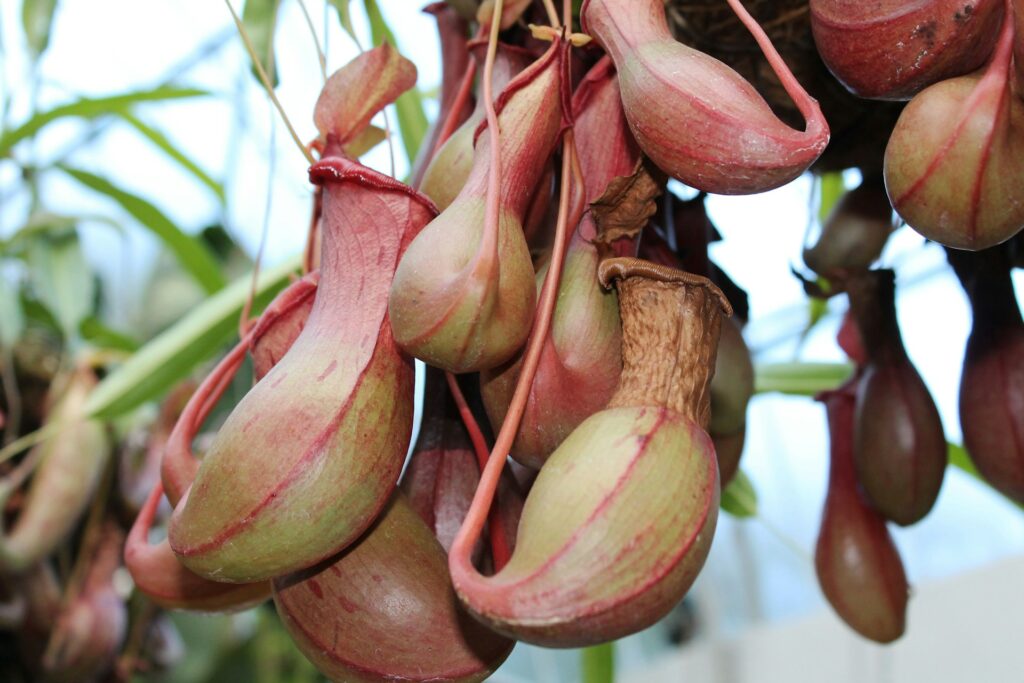
Carnivorous plants like pitcher plants rely on environmental balance to trap and digest insects. Before hurricanes or major storms, they’ve been known to stop producing nectar and partially close their traps, even when healthy. This suggests they’re reacting to incoming changes in pressure or moisture that could threaten their delicate systems. It’s a protective pause that seems to mirror the human instinct to hunker down before a storm.
12. Ferns (especially tree ferns)
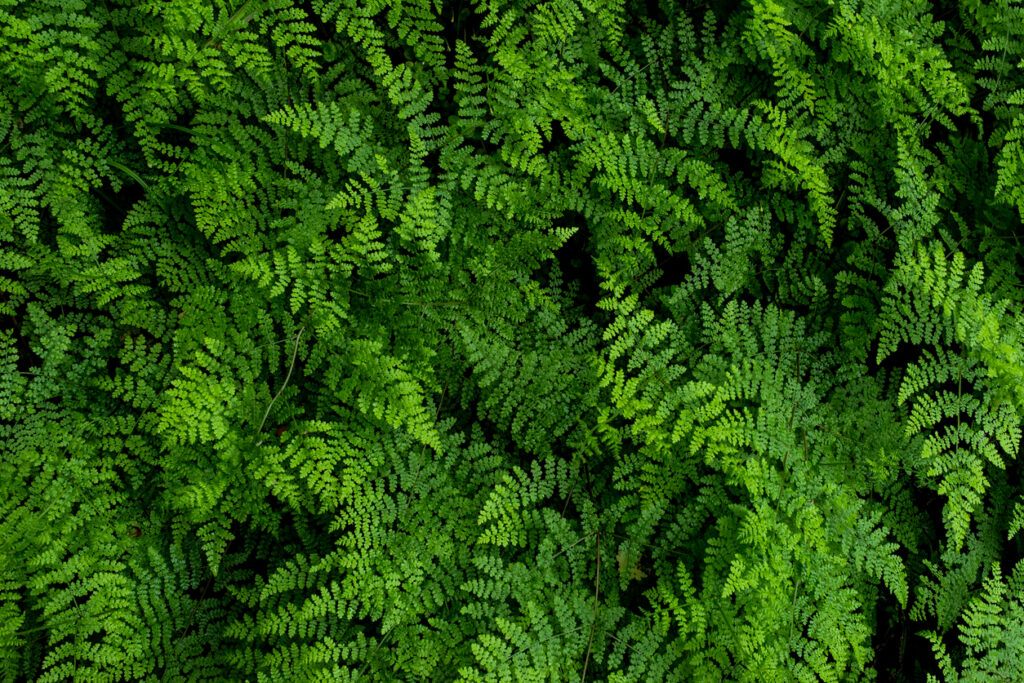
Tree ferns in tropical areas have been seen to droop or furl their fronds unusually tightly before earthquakes or storms. Because their structure is sensitive to air pressure and moisture, even a slight change affects their shape. Communities that grow tree ferns ornamentally sometimes notice these changes before weather warnings arrive. While it’s not foolproof, it’s another quiet signal that something in the environment is shifting fast.